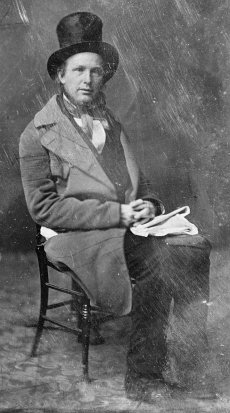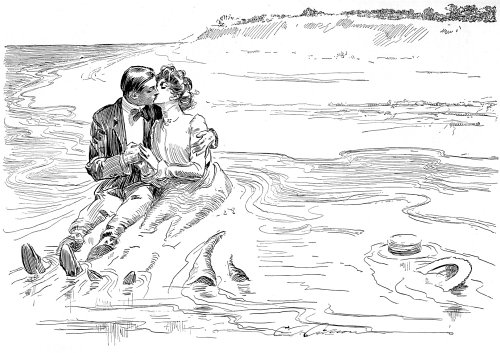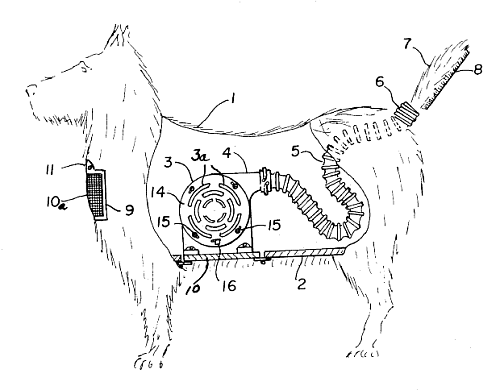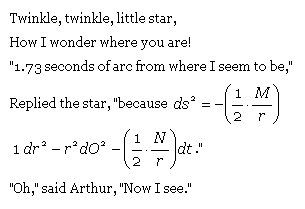
Horace Greeley had atrocious handwriting. According to William Shepard Walsh’s Handy-Book of Literary Curiosities (1892), Greeley once sent the following note to the Iowa Press Association:
“I have waited till longer waiting would be discourteous, only to find that I cannot attend your Press meeting next June as I would like to do. I find so many cares and duties pressing on me that, with the weight of years, I feel obliged to decline any invitation that takes me away a day’s journey from home.”
After some study, the Iowans deciphered this as:
“I have wondered all along whether any squirt had denied the scandal about the President meeting Jane in the woods on Saturday. I have hominy, carrots, and R.R. ties more than I could move with eight steers. If eels are blighted, dig them early. Any insinuation that brick ovens are dangerous to hams gives me the horrors.”
Their reply is not recorded.




